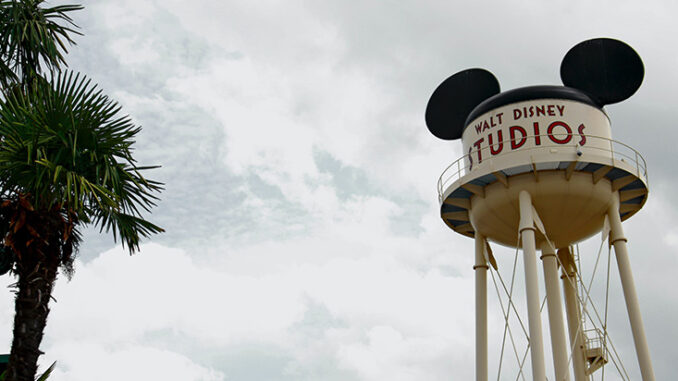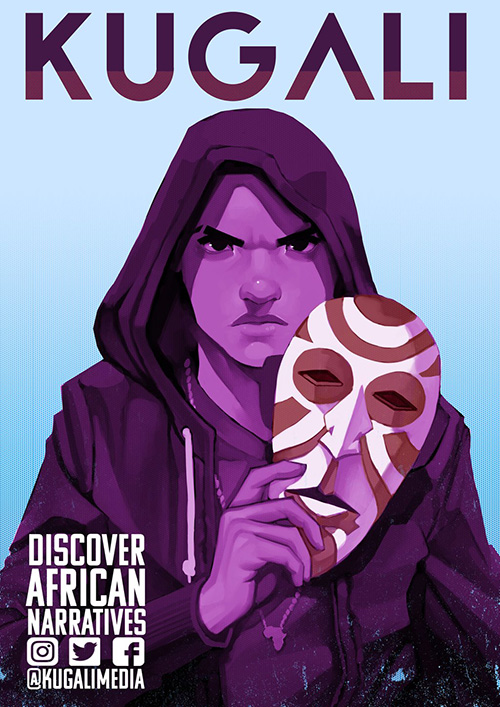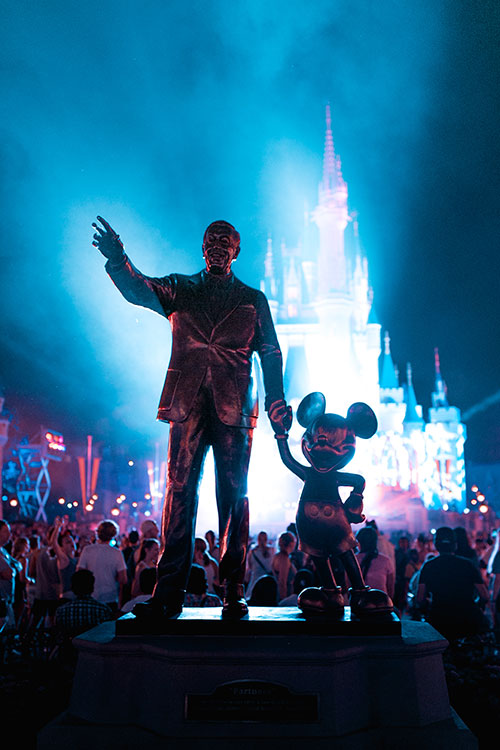
Disney has never been known for its diversity, but they are quickly changing their game plan to cover a more diverse world beyond just America. Their new initiatives include diversity in animation, live-action, children’s princesses, and more.
Pushed by inner pressure from Disney employees themselves, Disney executives Bob Chapek, Bob Iger, and LaTondra Newton issued a letter in June of this year addressing their plans for more diversity in films:
“The recent killing of George Floyd as well as other instances of lethal attacks and harassment of unarmed black citizens in our nation continue to drive outrage and calls for action by people of all cultural backgrounds, including many of our employees. Feelings of grief and anger cause us to confront the inscrutable idea that the lives of some are deemed less valuable – and less worthy of dignity, care, and protection – than the lives of others…”
“…While these devastating incidents are not new, there’s something unique about what’s happening at this moment. The pandemic coupled with these recent injustices has pushed the issues of racial disparity into the open…”
“…We intend to focus our efforts and resources to compassionately and constructively talk about these matters openly and honestly as we seek solutions. We intend to keep the conversation going, not just today, but for as long as it takes to bring about real change.” Although in the past 20 years, Disney has tried to change their image to one inclusive of diversity, they have a long way to go. Of all the 12 official Disney princesses, there are only five non-white princesses. Of these five, there is one Native American, two Asian, one Arabic, and one African American.
Disney as a cultural influencer
Disney is the biggest producer in America of children’s films, taking up 33 percent of the total film market. It has taken criticism from the public, who views Disney princesses as mostly white, and all white in live-action. With the Black Lives Matter Movement, Disney has faced much criticism for pushing their black characters with storylines that aren’t captivating, then pushing them aside after the hype for the movie has died down.
The only African American Disney princess is Tiana. She only appears in the human form about one-fourth of the movie because she turns into a frog. Tiana is also one of the only Disney princesses to face struggles with money and work, while many are born into royalty and wealth.
To close the gap between its African American viewers, Disney has cast its first black live-action prince: Niles Fitch will play Prince Tuma in the “Secret Society of Second-Born Royals.” This science fiction film about second-born royals with special powers have finally cast an African American as their lead. He’s being hailed as Disney’s first black prince.
Disney’s global collaboration
That’s not the only change in diversity that Disney is heralding. This December, it has announced a collaboration with a Pan-African entertainment company, Kugali Media. Kugali Media is responsible for “Iwauji,” a futuristic film set in Lagos, Nigeria’s capital city. It is set to be a new animated Disney TV series. Disney and Kugali Media have also collaborated on an all-new, science fiction series. Disney has said that this is a “first-of-its-kind” collaboration. This time, Africans will be telling stories about Africans, rather than the African experience being folded into the African American experience.

Disney has also previewed its new animated film about a Southeast Asian lead, called “Raya and the Last Dragon.” Following the success of Moana, this film has already been pegged for a March 12, 2021 release. This script was written by an Asian writer, Adele Lim, who is responsible for “Crazy Rich Asians,” which, while not a Disney film, was the first film of an all-Asian cast. The film also boasts a primarily Asian cast.
Advocating for female empowerment
There are steps toward not just diversity but against traditional femininity that Disney has taken. Recent films like Moana and Frozen have also changed the face of Disney, making their princesses find adventure instead of a love affair. Frozen, in particular, has focused on a storyline about sisterhood, with the famous line by Elsa to sister Anna, “You can’t marry a man you just met.” Moana, meanwhile, chose adventure and in doing so, found the secrets of mother earth. In choosing to forgo traditional femininity for a more holistic approach, Disney has changed the formulaic narratives of their previous films like The Little Mermaid and Snow White.
A chance for all

In their hiring practices as well, Disney is making small steps to ensure diversity in the workforce. Disney has also come up with an Executive Incubator Program, which reaches out specifically to marginalized peoples. This initiative is committed to expanding diversity in its workforce. This apprenticeship will show the participants all types of network business. Disney has said that this program is a way for them to nurture the next generation of executives who are storytellers by nature, creating a culture of inclusive and diverse television.
America is not just white America, and the American experience is not just about America. It’s a country filled with many cultures from many races, and many stories are coming out of this melting pot. If Disney is to follow where the stories lead, they will find not just one face, but many faces, not just one storyline but many stories, not just one skin, but many shades of people who show us that the world is wider than we ever expected.
